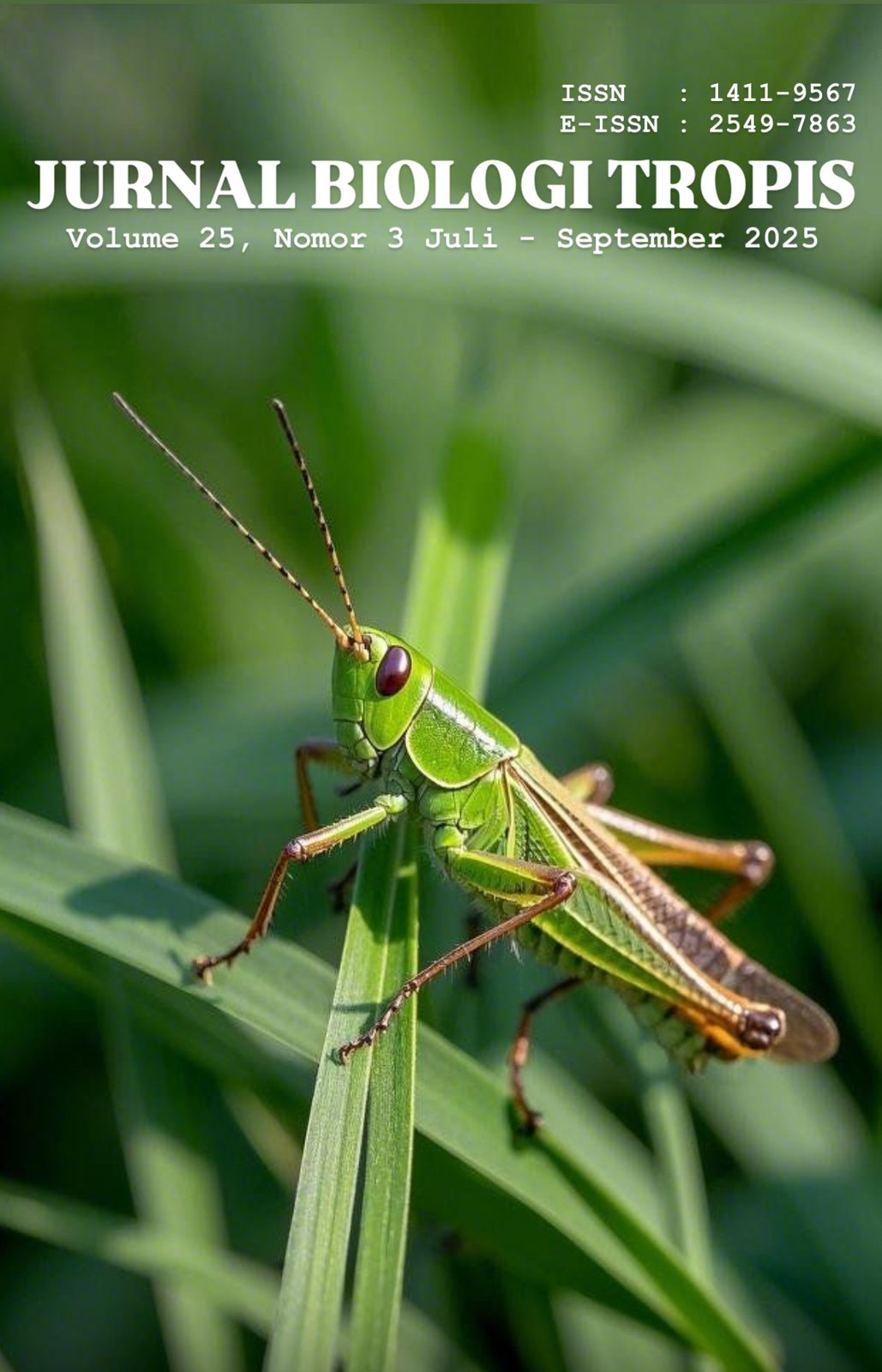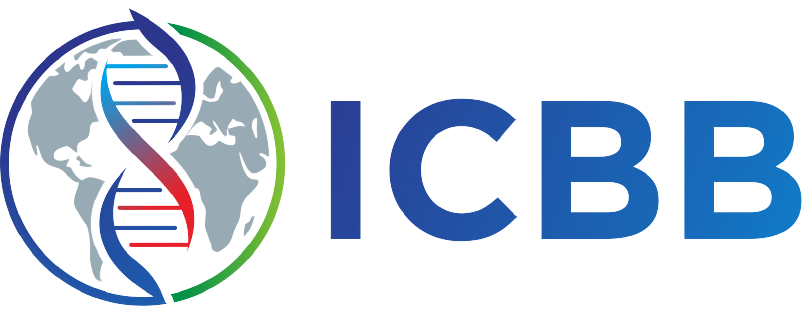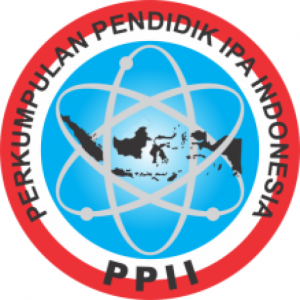The Relatioship Between Medication Adherence of Stroke Patients and Recurrent Stroke Incidance At Siti Hajar Islamic Hospitas Mataram
Authors
Baiq Suyatmin Rahma , Nurhidayati Nurhidayati , Mahacita AndanalusiaDOI:
10.29303/jbt.v25i3.9357Published:
2025-07-14Issue:
Vol. 25 No. 3 (2025): Juli-SeptemberKeywords:
Stroke, recurrent stroke, medication adherence, Spearman study, patient compliance.Articles
Downloads
How to Cite
Downloads
Metrics
Abstract
Stroke was the second leading cause of death and a major cause of disability worldwide. One of primary challenges in stroke management was patient adherence to treatment, which significantly influences risk of recurrent stroke. This study aimed to analyze relationship between medication adherence among stroke subjects, were stroke patients at Siti Hajar Islamic Hospital, Mataram. This research employed an analytical observational study with a cross-sectional approach. Data were collected through interviews, a medication adherence questionnaire, and medical records. The Spearman test was used to analyze the relationship between medication adherence and the occurrence of recurrent stroke. The study showed that patient levels of adherence to stroke medication varied, with a portion exhibiting low to moderate adherence. Spearman correlation analysis indicated no significant relationship between medication adherence and recurrent stroke events (p value= 0.359; r= 0.111). The p-value greater than 0.05 suggested that the relationship between the two variables was not statistically significant, although a weak positive correlation was observed. In conclusion, there was no statistically significant association between medication adherence and recurrent stroke in patients at Siti Hajar Islamic Hospital Matarm. These findings suggested that medication adherence might not be only factor influencing stroke recurrence, and further evaluation of other contributing factors is necessary.
References
Annisa, E., Gofir, A. and Ikawati, Z. (2015). Hubungan Keyakinan Dan Kepatuhan Terapi Pencegahan Sekunder Terhadap Kejadian Stroke Berulang. Jurnal Manajemen dan Pelayanan Farmasi, 5(2), pp. 8–14. doi: 10.22146/jmpf.141.
Bushnell, C., Arnan, M., Han, S., 2014, A New Model for Secondary Prevention of Stroke: Transition Coaching for Stroke, Frontiers in Neurology, 5, p. 219. doi: 10.3389/fneur.2014.00219.
Cheiloudaki, E. and Alexopoulos, E.C., (2019). Adherence to treatment in stroke patients. International Journal of Environmental Research and Public Health, 16(2), p.196. https://doi.org/10.3390/ijerph16020196
Chen, S., Zeng, L. and Hu, Z. (2014) ‘Progressing haemorrhagic stroke: categories, causes, mechanisms and managements’, Journal of Neurology, 261(11), pp. 2061–2078. doi: 10.1007/s00415-014-7291-1
Cholisoh, Z., Karuniawati, H., Azizah, T., Zaenab, Z. and Hekmah, L.N. (2018). Factors Affecting Non-Adherence to Secondary Stroke Prevention Therapy in Ischemic Stroke Patients. (Journal of Management and Pharmacy Practice), 8(2), pp. 90–99. doi: 10.22146/jmpf.34434.
Choudhury, M. J. H., Chowdhury, M. T. I., Nayeem, A., & Jahan, W. A. (2015). Modifiable and non-modifiable risk factors of stroke: A review update. Journal of National Institute of Neurosciences Bangladesh, 1(1), 22-26.
Chugh, C. (2019) ‘Acute ischemic stroke: Management approach’, Indian Journal 46 of Critical Care Medicine, 23, pp. S140–S146. doi: 10.5005/jp-journals10071-23192.
Dai, X., Wang, F., Lv, H., & Cheng, X. (2022). [Retracted] Risk Factors of Recurrent Stroke in Young and Middle‐Aged Stroke Patients after Interventional Therapy. Computational and Mathematical Methods in Medicine, 2022(1), 5728991. 10.1155/2022/9898271.
Ernawati, N., & Widiastuti, E. (2016). Hubungan kepatuhan minum obat dengan kejadian stroke berulang di RSUP Persahabatan Jakarta. Jurnal Kesehatan Masyarakat Indonesia (JKMI), 19(2). Available at: https://jurnal.stikeskepanjen-pemkabmalang.ac.id/index.php/jkmi/article/view/1142
Feigin, V. L., Brainin, M., Norrving, B., Martins, S., Sacco, R. L., Hacke, W., ... & Lindsay, P. (2022). World Stroke Organization (WSO): global stroke fact sheet 2022. International journal of stroke, 17(1), 18-29. 10.1177/17474930211065917.
Grotta, J.C., Albers, G.W., Broderick, J.P., Day, A.L., Kasner, S.E., Lo, E.H., Sacco, R.L., Wong, L.K.S., (2020) Stroke: Pathophysiology, Diagnosis, and Management. 7th edn. Philadelphia: Elsevier.
Meschia, James, Chair, Bushnell, Cheryl, Boden-Albala, Braun, Lynne, Bravata, Dawn, .Creager. (2014). Guidelines for the Primary Prevention of Stroke A Statement for Healthcare Professionals From the American Heart Association/American Stroke Association. American Heart Association, 45, 3754-3832. https://doi.org/10.1161/str.0000000000000046
Montaño, A., Hanley, D.F. and Hemphill III, J.C. (2021). Hemorrhagic stroke. In: Handbook of Clinical Neurology, Vol. 176, pp. 229-248. https://doi.org/10.1016/B978-0-444-64034-5.00019-5
Murphy, S.J. and Werring, D.J. (2020). Stroke: causes and clinical features. Medicine (Abingdon), 48(9), pp.561-566. doi: 10.1016/j.mpmed.2020.06.002. Epub 2020 Aug 6. PMID: 32837228; PMCID: PMC7409792.
Ntaios, G. (2020) ‘Embolic Stroke of Undetermined Source: JACC Review Topic of the Week’, Journal of the American College of Cardiology, 75(3), pp. 333–340. doi: 10.1016/j.jacc.2019.11.024.
Oikarinen, A., Engblom, J., Kääriäinen, M., & Kyngäs, H. (2015). Risk factor‐related lifestyle habits of hospital‐admitted stroke patients–an exploratory study. Journal of clinical nursing, 24(15-16), 2219-2230. 10.1111/jocn.12787.
Ojaghihaghighi, S., Vahdati, S. S., Mikaeilpour, A., & Ramouz, A. (2017). Comparison of neurological clinical manifestation in patients with hemorrhagic and ischemic stroke. World journal of emergency medicine, 8(1), 34. 10.5847/wjem.j.1920.
Perdossi. (2016). ‘Panduan Praktik Klinis Neurologi’, Perdossi, pp. 1–305.
Powers, W. J., Rabinstein, A. A., Ackerson, T., Adeoye, O. M., Bambakidis, N. C., Becker, K., ... & Tirschwell, D. L. (2019). Guidelines for the early management of patients with acute ischemic stroke: 2019 update to the 2018 guidelines for the early management of acute ischemic stroke: a guideline for healthcare professionals from the American Heart Association/American Stroke Association. Stroke. 10.1161/STR.0000000000000211.
Rahayu, L. P., Sudrajat, D. A., Nurdina, G., Agustina, E. N., & Putri, T. A. R. K. (2019). The risk factor of recurrence stroke among stroke and transient ischemic attack patients in Indonesia. KnE Life Sciences, 87-97. 10.18502/kls.v4i13.5229.
Riskesdas (2013) ‘Kemenkes Ri. 2013. Riset Kesehatan Dasar; RISKESDAS. Jakarta: Balitbang Kemenkes Ri’, Kemenkes Ri. 2013. Riset Kesehatan Dasar; RISKESDAS. Jakarta: Balitbang Kemenkes Ri, 7(5), pp. 803–809.
Riskesdas (2018) ‘Kementerian Kesehatan Republik Indonesia’, Kementerian Kesehatan RI, 1(1), p. 1. Available at: https://www.kemkes.go.id/article/view/19093000001/penyakit-jantungpenyebab-kematian-terbanyak-ke-2-di-indonesia.html
Saver, J.L. and Hankey, G.J. (eds.) (2021) Stroke: Prevention and Treatment: An Evidence-based Approach. 2nd edn. Cambridge: Cambridge University Press.
Siswanto, Y. (2005). Beberapa faktor risiko yang mempengaruhi kejadian stroke berulang (studi kasus di RS Dr. Kariadi Semarang). Jurnal Epidemiologi.
Skajaa, N., Adelborg, K., Horváth-Puhó, E., Rothman, K.J., Henderson, V.W., Thygesen, L.C. and Sørensen, H.T. (2022). Risks of Stroke Recurrence and Mortality After First and Recurrent Strokes in Denmark: A Nationwide Registry Study. Neurology, 98(4), pp. e329-e342. doi: 10.1212/WNL.0000000000013118.
Widjaja, K. K., Chulavatnatol, S., Suansanae, T., Wibowo, Y. I., Sani, A. F., Islamiyah, W., & Nathisuwan, S. (2020). Knowledge of stroke and medication adherence among patients with recurrent stroke or transient ischemic attack in Indonesia: a multi-center, cross-sectional study. International Journal of Clinical Pharmacy, 1 42, 1178-1189. https://doi.org/10.1007/s11096-020-01178-y.
Xing, D., Nozell, S., Chen, Y. F., Hage, F., & Oparil, S. (2009). Estrogen and mechanisms of vascular protection. Arteriosclerosis, thrombosis, and vascular biology, 29(3), 289-295. 10.1161/ATVBAHA.108.182279.
Yeo, S. H., Toh, M. P. H. S., Lee, S. H., Seet, R. C. S., Wong, L. Y., & Yau, W. P. (2020). Impact of medication nonadherence on stroke recurrence and mortality in patients after first‐ever ischemic stroke: Insights from registry data in Singapore. Pharmacoepidemiology and drug safety, 29(5), 538-549. 10.1002/pds.4981
License
Copyright (c) 2025 Baiq Suyatmin Rahma, Nurhidayati Nurhidayati, Mahacita Andanalusia

This work is licensed under a Creative Commons Attribution 4.0 International License.

Jurnal Biologi Tropis is licensed under a Creative Commons Attribution 4.0 International License.
The copyright of the received article shall be assigned to the author as the owner of the paper. The intended copyright includes the right to publish the article in various forms (including reprints). The journal maintains the publishing rights to the published articles.
Authors are permitted to disseminate published articles by sharing the link/DOI of the article at the journal. Authors are allowed to use their articles for any legal purposes deemed necessary without written permission from the journal with an acknowledgment of initial publication to this journal.


























